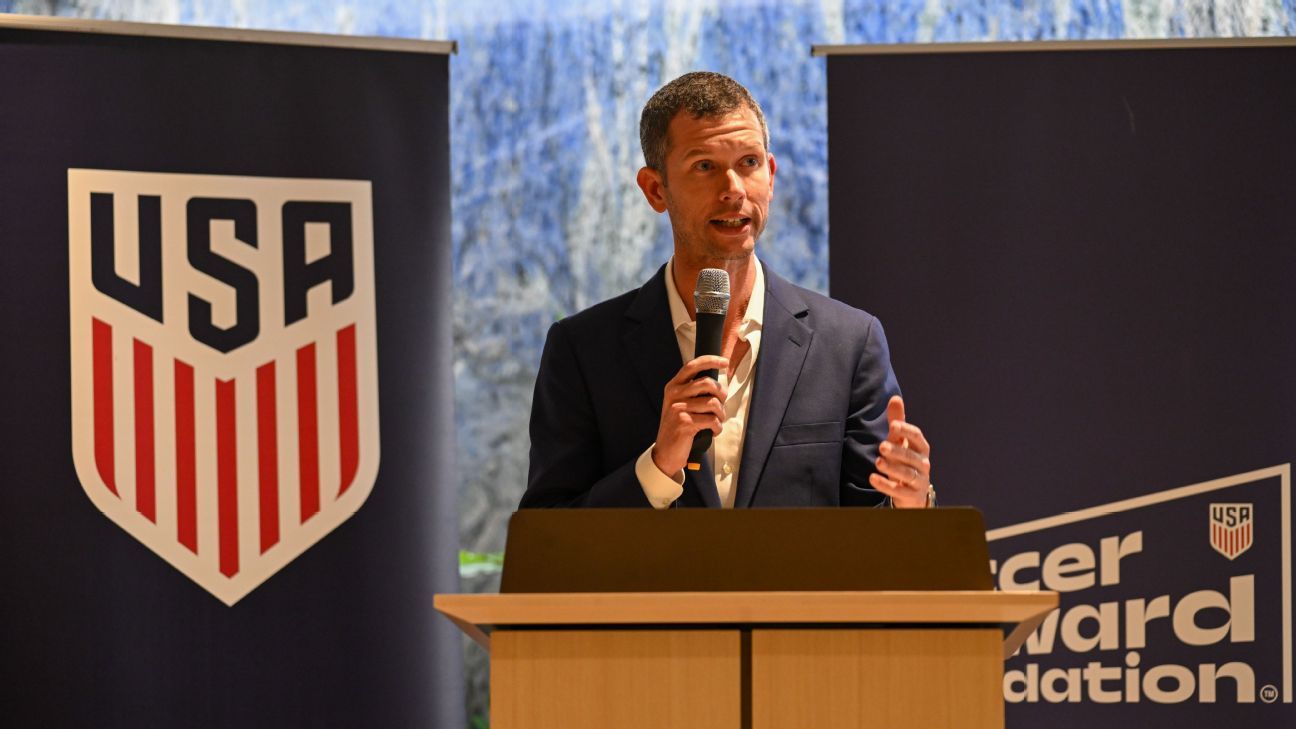Reform in University Football: A New Horizon for Sport in the United States
A committee appointed by the United States Soccer Federation (US Soccer) has proposed significant changes to men’s college soccer, suggesting a season that spans the entire academic year, starting in the fall of 2026. This initiative seeks to improve player preparation for the professional arena and international competition. The “NexGen College Soccer” committee, composed of 17 members, was tasked with finding solutions to evolve college soccer. The recommendation to extend the season arises after evaluating the need for a more complete system for player development. Although the best approach for women’s college soccer is still being evaluated, the proposal could follow the same line as men’s soccer. The committee emphasized that any proposed change is superior to the current state. These changes, subject to NCAA approval, could transform a system that has historically been crucial for the development of American professional players, especially in women’s soccer. Current problems include a season concentrated in the fall, which demands a lot from athletes and leaves them without competition for much of the year.“The recommendations were designed to offer a better experience for student athletes, provide financial stability, and provide development opportunities for players, which are the three things everyone in college sports said they wanted.”
JT Batson, CEO and General Secretary of US Soccer

The next challenge in the whole process is the NCAA, which has historically been slow to evolve and included a significant bureaucracy, as demonstrated by the way women’s college basketball had to force structural changes in recent years. However, in recent times, significant changes have been made in the NIL (name, image, likeness) era, which has left everyone at US Soccer confident that these changes could be implemented quickly. Cone said that everyone in the process is “inclined”. Helfrich noted that the next step in the men’s college soccer process should be for the committee to hold formal conversations with the NCAA soccer subcommittees in the coming weeks, and for a larger group to draft legislative proposals and deadlines before the end of the year. The goal is to launch the new system next August.“There are more challenges on the female side, so we felt we needed to have more discussions, more learning there, until we said: ‘this is the best for the women’s game’. It could be different from the men’s game. It could be exactly the same. But we need to take a look at it, as Emma [Hayes, USWNT coach] likes to say, through the female lens. There’s still more to do there, so we’re going to do that work”.
Cindy Parlow Cone
Among the ideas in the proposal is greater flexibility around player eligibility, which is specifically a critical point in football, where players sometimes turn professional as teenagers and sacrifice their college eligibility. The ideas include a “second chance” path for players who have stalled their professional careers, as well as greater opportunities with professional teams without sacrificing college eligibility. These proposals come at a time when development leagues continue to emerge in the U.S. MLS Next and multiple levels of USL already exist on the men’s side, while the NWSL has said it plans to launch a second division in the coming years, in addition to WPSL Pro, which together would add more than 1,000 new professional roster spots on the women’s side. US Soccer believes that all of these can coexist with college football, and that the federation’s responsibility is to unite them.“I will tell you with confidence that neither the conferences nor the NCAA will be surprised by this launch, because we have been collaborating. Part of the reason we have done that is to create a smoother on-ramp to governance conversations.”
Dan Helfrich
“It’s an example that when you bring together all parts of the American soccer ecosystem, you can find ways to generate greater impact and greater results. The American soccer market has grown enormously in the last two decades. However, there is a lot of fragmentation. US Soccer’s role here is that of a convener, an aligner, and ultimately, our goal is to catalyze that great energy into the results that everyone values. We want soccer everywhere in this country and we want our teams to win. We are now a soccer country.”
JT Batson








